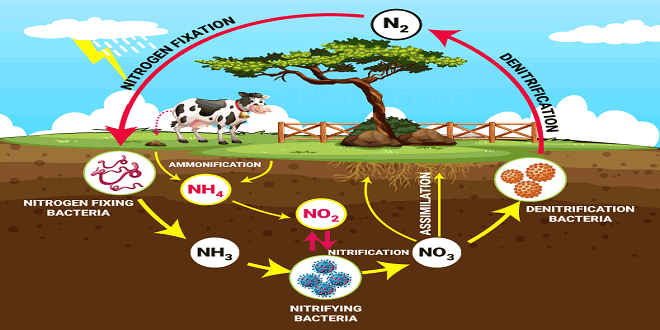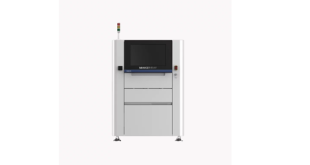The nitrogen compounds must play an important anabolic role in the biosynthesis of proteins and in the enzymatic functions, influencing the growth and metabolism of yeasts, which constitutes 10% of its dry matter (Walker 1998; Henschke and Jiranek 1992).
Currently, French producers seek less radical or cheaper techniques to limit the number of interventions on the product and carry out fermentations with small amounts of yeast. This concern is common in factories that receive apples from new orchards with high nitrogen concentration, even after mixing with other musts that are low in nitrogen concentration (Drilleau 1993).
However, not all producers, whether large, medium, or small, provide an analytical control of the nitrogen in the must before starting the production of cider, which may further undermine the process.
Apple must contain different amounts (44–329 mg L–1) of nitrogen (total nitrogen by Kjeldahl): amine form, 15.2% to 61.2%; amide form, 5% to 30%; and maximum ammonia form, 1% (Burroughs 1957). Alberti et al. (2011) evaluated 50 musts from Brazilian apples and found similar values from 59 to 330 mg L–1.
The analysis of total nitrogen in 27 musts of apples harvested in France in 1993 showed that 25% had less than 75 mg L–1 (low levels), 51% had 75 to 155 mg L–1 (normal levels), and the remaining 24% had values higher than 150 mg L–1 (high concentration).
For the same variety at harvest, the nitrogen content varied among the orchards, and even in the same orchard, a single variety varied in terms of nitrogen content according to the harvest (Drilleau 1996; Lea 1995).
Importance of Oxygen
In enology, oxygen influences the quality of wine by the biological action of yeast and alcoholic fermentation and the chemical and biochemical action on the must before or after fermentation. Regarding the latter point, it is observed that after the addition of oxygen, large quantities of oxygen are consumed spontaneously by the must through the oxidation of phenolic substances catalyzed by polyphenol oxidase.
The oxidation reactions transform the native phenolic compounds of the apple must, most of which are either colorless or yellow or brown compounds, which is known as the browning reaction. For this to occur, three actors are required: polyphenols, polyphenol oxidases, and oxygen. In general, the reaction speeds can be influenced by the concentrations of these agents, nature, by.
The browning mechanism has two steps: an enzymatic reaction and a chemical oxidation reaction. The main property of hydroxycinnamic acids is their sensitivity to oxidation by an enzyme (Nicolas et al. 1994).
In fruits, they are substrates for polyphenol oxidase, which functions as an oxidoreductase, which in the presence of oxygen catalyzes two types of reactions: first, the hydroxylation of cresols in ortho-diphenols through cresolase activity and, second, the oxidation reaction of ortho-diphenols to yellowish ortho-quinones through catecholase.
In apples, chlorogenic acid and catechins are particularly sensitive to the action of polyphenol oxidase.
However, para-coumaroylquinic acid is a competitive inhibitor of the reaction, and procyanidins have an inhibitory effect on polyphenol oxidase (Janovitz-Klapp et al. 1990). The intensity of inhibition increases with the degree of polymerization (GPS) substrate.
Last word
The laccases of essentially fungal origin are of a different class from the polyphenol oxidases (Mayer and Harel 1991).
They are able to oxidize the diphenols and diphenols to o-quinones and p-quinones, respectively. They are not found in healthy apples, but when the cider is processed with a raw material of an advanced degree of maturity, there may be a darkening upon exposure to the air, forming a reddish-brown complex called casse oxidase.
 NEWSHUNTS
NEWSHUNTS




